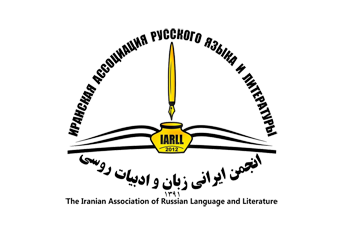ARTIFICIAL INTELLIGENCE: APPLICATION AND IMPACT ON FOREIGN LANGUAGE TEACHING
DOI:
https://doi.org/10.61186/iarll.24.11Keywords:
Artificial Intelligence, Foreign Language Teaching, Automation of Learning, Personalized Learning, TrendAbstract
Artificial intelligence (AI) is an important and widely discussed topic in various fields such as medicine, transportation, education, business and media. The application of AI is constantly expanding as new phenomena based on these technologies emerge. The purpose of this article is to introduce the application of AI in foreign language teaching by studying programs developed with the help of AI and analyzing various literature and scientific articles on the impact of AI on foreign language teaching. The hypothesis of this article is based on facilitating language learning at different stages. The programs reviewed strengthen the four language learning skills of reading, writing, speaking and comprehension in a variety of ways individually and collectively. During the review, based on descriptive and analytical studies, it was revealed in conclusion that the use of artificial intelligence has led to enormous changes in the language teaching process and has facilitated learning, but its shortcomings should not be ignored. It needs to be considered as a teaching tool because the constant use of artificial intelligence will deprive students of the ability to think independently and will hinder their creativity and innovation.
Extended abstract:
Learning a foreign language today is one of the most essential tools for the personal development of a modern and educated individual.
Artificial intelligence (AI) is both exciting and ambiguous. Its impact on educational performance is viewed with caution for two primary reasons: on the one hand, humans naturally struggle to adapt to change, and on the other hand, the essence of AI lies in its speed. These two characteristics create a paradoxical combination.
The constant use of artificial intelligence can deprive students of their ability to think independently and hinder their creativity and innovation. However, AI also offers significant benefits. For instance, it can create personalized learning programs tailored to the individual needs and capabilities of each student. Additionally, AI can automatically assess students' knowledge and analyze learning outcomes, enabling teachers to plan lessons more effectively and adjust teaching methods.
This article evaluates the state of AI, focusing on intelligent education systems, including their ability to mimic teachers, create strong differentiation among students, and even promote social-emotional interaction.
The purpose of this paper is to conduct a review and evaluation of AI programs related to foreign language teaching. To achieve this goal, the following tasks were completed:
-
Defining a common understanding of artificial intelligence;
-
Compiling a list of programs that operate based on the approved definition of artificial intelligence;
-
Classifying programs according to their functions;
-
Examining the positive and negative aspects of each program.
Using a descriptive-analytical research method, this study demonstrates that the use of artificial intelligence has brought about significant changes in the language teaching process and has facilitated learning. However, its shortcomings should not be overlooked.
In exploring the nature of artificial intelligence, the article draws on thought experiments—hypothetical scenarios constructed to test hypotheses by tracing their likely consequences. Such experiments are employed across various fields of knowledge.
This article attempts to explore the advantages and disadvantages of using artificial intelligence in education. The following advantages have been identified:
-
Increased motivation among students, particularly Generation Z;
-
Comprehensive training in all aspects of language learning: speaking, reading, listening, and writing;
-
Constant availability of resources;
-
Monitoring and testing of training materials;
-
Personalization of learning experiences;
-
Improved academic performance.
On the other hand, the negative aspects include:
-
The irreplaceable role of the teacher;
-
The lack of emotional interaction with students.
The path of evolution for artificial intelligence remains open. However, neither teachers nor students should forget that artificial intelligence should serve people, not the other way around.
Downloads
Published
How to Cite
Issue
Section
License
Copyright (c) 2024 Issledovatel'skiy Zhurnal Russkogo Yazyka I Literatury

This work is licensed under a Creative Commons Attribution 4.0 International License.
![]()
"Creative Commons Attribution 4.0 International (CC-BY 4.0)"


